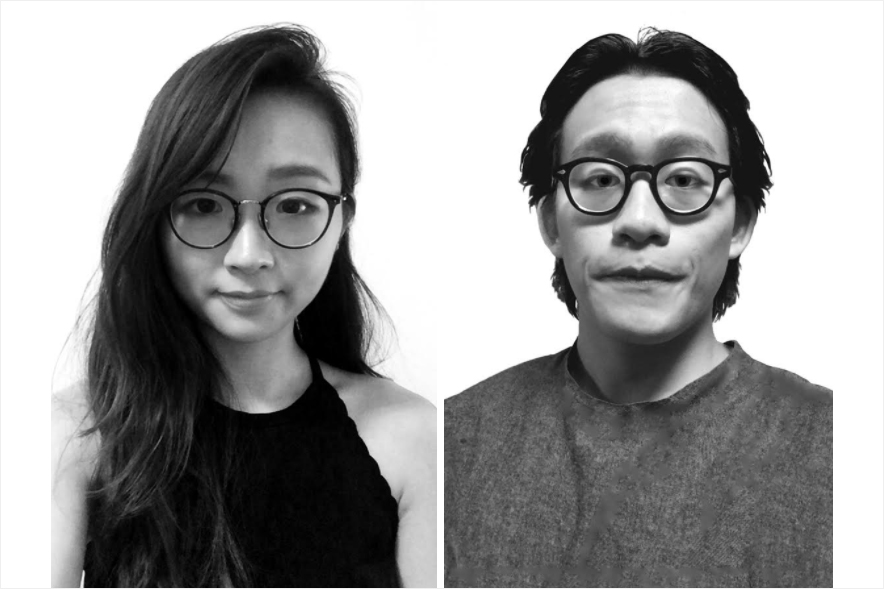Winners of the First International Competition ‘Cities for a Flying World’ Announced
HSE Graduate School of Urbanism has announced the results of the first international contest for students and young professionals ‘Cities For a Flying World’. The contest took place from May 29 to November 7, 2017 and was a part of the admission campaign for the new Master’s programme of the HSE Graduate School of Urbanism ‘Prototyping Future Cities’.
The aim of the competition was to generate insights about the city to come, and to contribute to the development of flying technologies that will transform our environment in the future. The participants were tasked with developing projects for a new city, new building, new device, new social platform or a mix of all of the above. How will the world change when flying devices are everywhere? Who would be new pedestrians in a city of self-driving vehicles and how will social life be changed? What will happen when a window of a house becomes a door to your flying car? How will life be improved in poor neighbourhoods by drone technology? Could there be aerial zeppelin communities and how will they be organised? These are some of the questions that participants were invited to consider.
Projects were evaluated by the jury made up of prominent international experts.
Members of the international jury board:
Silvia Brandi - Barcelona, Director of Communications and External Relations, IAAC MAA Senior Faculty; Ali Basbous - Beirut, Founder and Director of Building by Associative Data; Xavier de Kestellier - London,Head of Design Technology and Innovation ‘Hassell Studio’; Vicente Guallart - Barcelona, Director of a Shukhov Lab, Former chief architect of Barcelona 2001-2015; Daniel Ibanez - Boston, Architect, Harvard GSD, Urban Theory Lab; Sergey Kuznetsov - Moscow, Chief Architect of Moscow; Matthias Kohler - Zurich, Professor of Architecture and Digital Fabrication ETH; Greg Lynn - Los Angeles,Architect, Head of ‘Greg Lynn FORM office’, Ar, Professor of Architecture; Yang Lei – Beijing, Industrial designer; Joachim Mitchell – New York, Architect, Terreform One; Alexey Novikov - Moscow, Dean of HSE Graduate School of Urbanism, CEO Habidatum; Cathy Runciman - London, Media expert, Co-founder ‘Atlas of the future‘; Pati Nuñez - Madrid,Journalist, Writer, Curator and Communication Consultant ‘Pati Nunez Agency’; Matteo Robiglio - Torrino,Architect, Professor Politecnico di Torino; Jon Tugores - Barcelona, Jon Tugores + Architects, photographer and Vueling pilot.
633 young students and professionals from 78 countries registered for the contest. For the final stage, 93 projects from 26 countries were submitted.

He He, Yufan Chen, Zhejiang University of Technology (China), Winner, Project - ’Spheri City’
A year ago, in a seminar of Dr. Huaining Chen, we talked about what the city will be in the future. He believes that aircraft will be the main vehicles in the future city. Hence, the way we enter buildings will be in all directions. In this way, the city will develop in 3D like the sphere instead of 2D. This idea impressed me a lot. So, when Yufan Chen and me found out about the international competition ‘Cities for a Flying World’ of the HSE Graduate School of Urbanism, we registered immediately since this competition's purpose is so consistent with the idea I mentioned before.

Honghao Deng, Jiabao Li, Harvard Graduate School of Design (USA), 2nd place, Project - ‘Twinkle’
The current city lighting system that leaves many areas uncovered induces unsafe perceptions and instigates crimes. The addition of ubiquitous surveillance is an intrusion on privacy and does not take real-time actions. The cold, lifeless light shines in the darkness, trapping people in the solitude of silence. These absences motivated us to create Twinkle - a luminous transformative creature inhabits on light posts.
Twinkles are aerial animals like fireflies, which are curious, playful and are attracted by human activities. During daytime, they rest on urban light posts, expanding their solar panels for charging. At night, they interact with individuals walking on the street in their own way based on their distinct personalities. Twinkles are indirect solutions for improving urban safety without surveillance. We envisage a future that appliance goes beyond machine and becomes a companion with us.

Audrey Chan, ISKM Hon (England), Project - ‘Aerotopia'
Project inspiration and a short description: I am greatly interested in architecture for the people. In my project I was inspired by the current abusive use of energy all over the world, and the possible energy crisis that will happen in the near future. I was also thinking about capitalism, international relationships, and the dramatic time and culture change that is happening in Hong Kong, and all other countries.
Alexei Novikov
